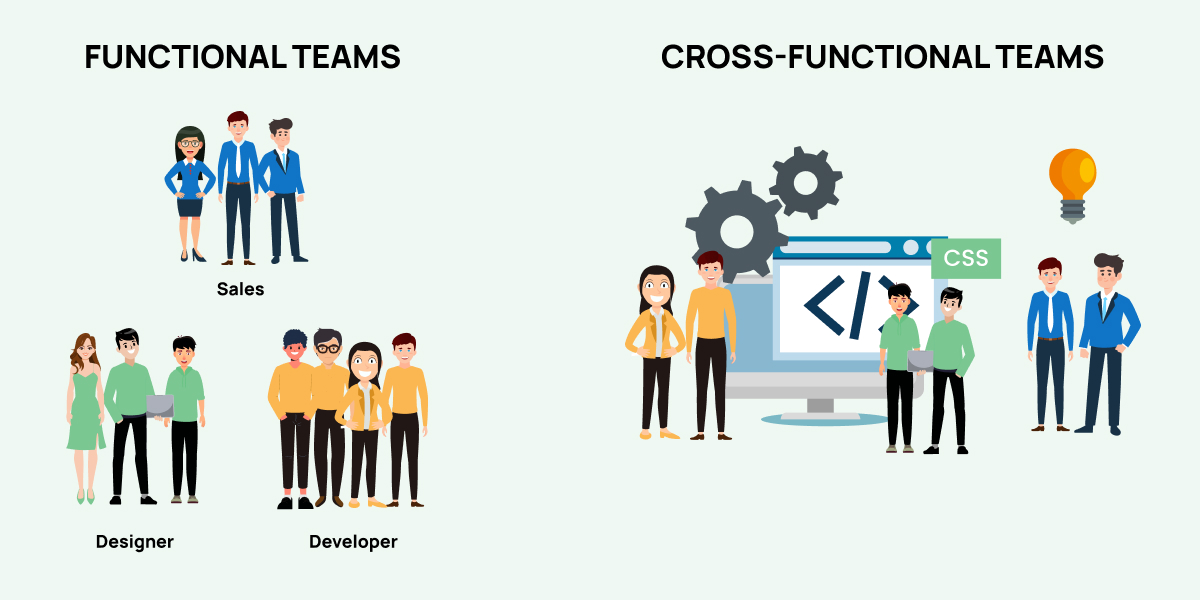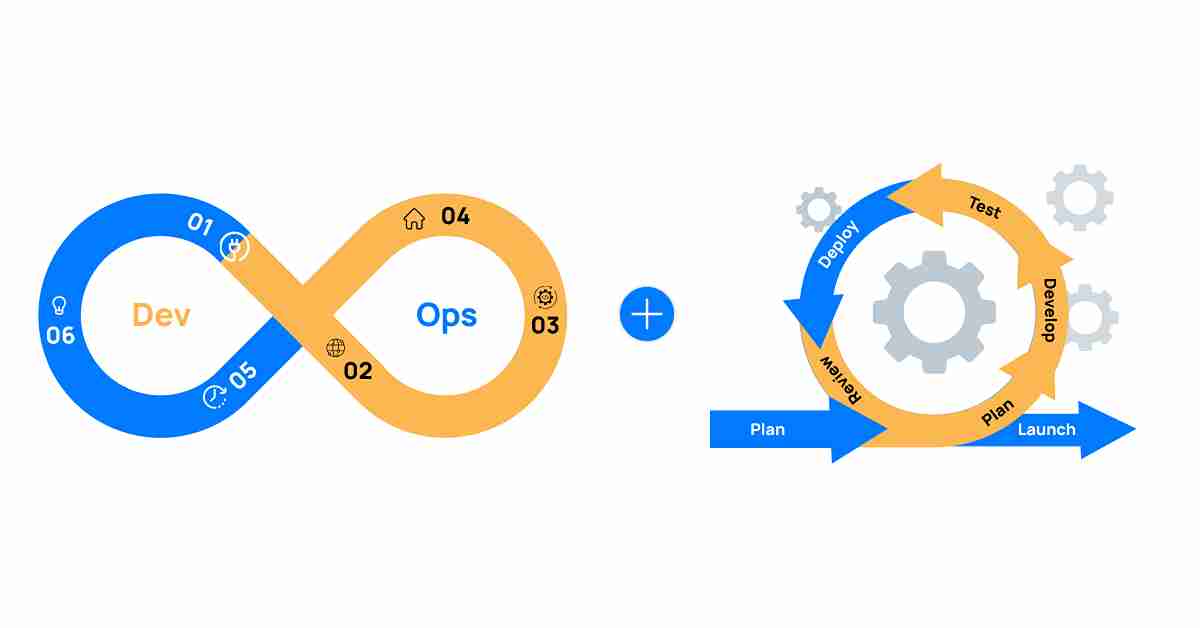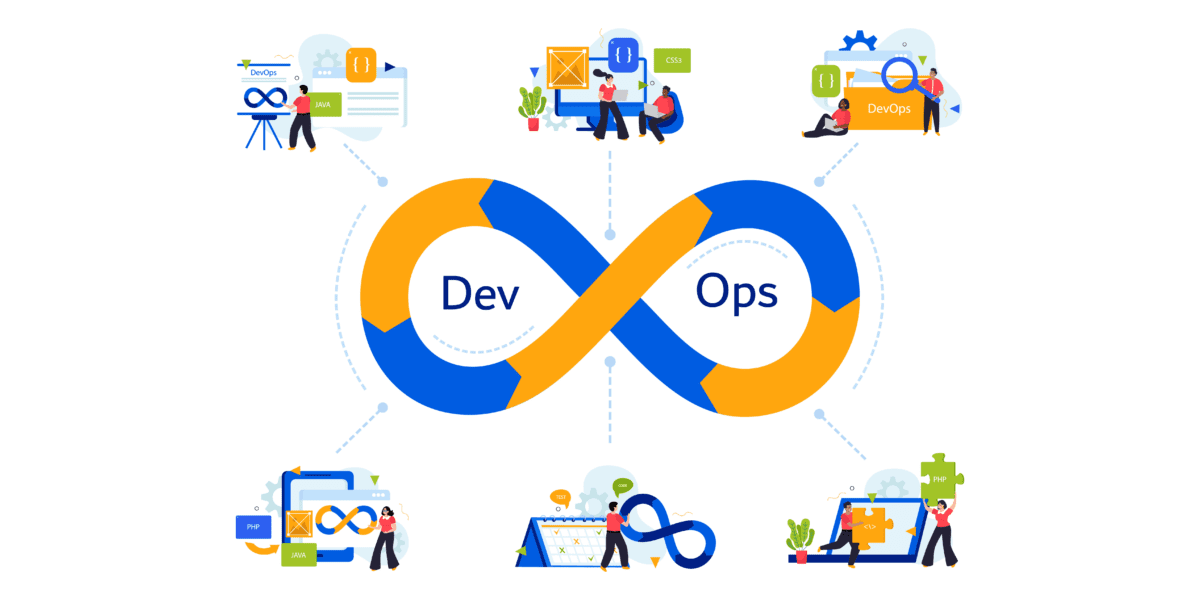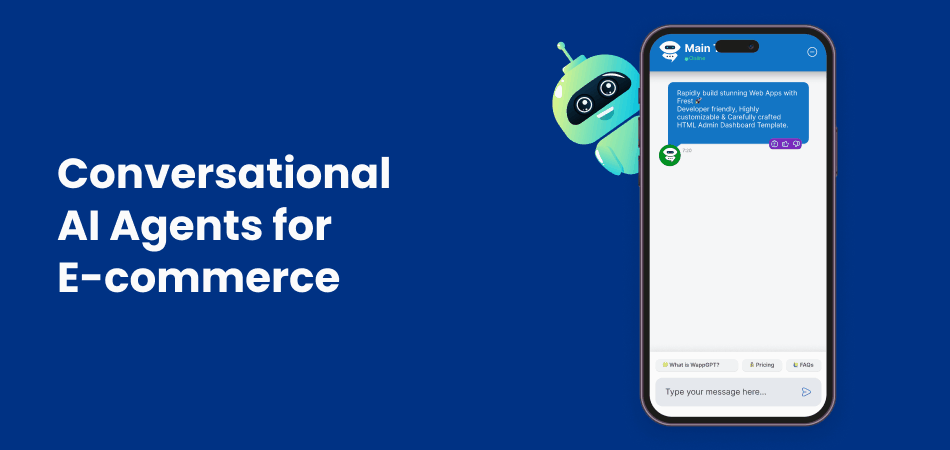Today the market is more fast-paced than it ever was. So, when we say, “time is money”, we’ve never meant it more. Especially, in the context of product development, speed and efficiency are crucial to staying ahead of the competition.
As a business owner, you want your products and services to meet your customers’ needs quickly and reliably. Understanding how companies optimize their product development lifecycle can give you insights into what can make your products stand out. This blog will explore key strategies that enhance speed and efficiency, ensuring that you get the best products as quickly as possible.
Understanding the Product Development Lifecycle
The product development lifecycle or Software Development Life Cycle (SDLC) is a series of stages that a product goes through from initial concept to final release. Understanding these stages helps you see the value added at each step.

-
Concept and Ideation: Where it All Begins
Every product starts as a mere idea, which can range from just a cluster of thoughts to a hazy picture to a concrete vision. The concept and ideation stage involves arriving at a concept. It begins with brainstorming and identifying market needs. It’s where you, as a business, gather input from potential users to ensure you’re solving the right problems.
-
Design and Prototyping: Shaping the Vision
Once the idea is clear, the next step is to give it a visual form. This is done through design and prototyping. It involves creating detailed designs and prototypes to visualize the final product. Your feedback is crucial here, as it helps refine the product to better meet your expectations.
-
Development: Bringing Ideas to Life
The development stage is where the actual product is built. Developers work on turning the designs and prototypes into a functional product with a solid backend and an intuitive frontend. Efficiency at this stage is most critical to ensure timely delivery.
-
Testing and Quality Assurance: Ensuring Reliability
Before a product can be released, it must be thoroughly tested within simulations as well as with a real audience. Testing and quality assurance ensure that the product works as intended and meets high-quality standards. This stage minimizes the risk of defects and issues, providing you with a reliable product.
-
Launch and Post-Launch: Delivering to the Market
Finally, the product is launched. This stage includes marketing, distribution, and post-launch support. Businesses often do and should continue to gather feedback and make improvements even after the product is released to ensure ongoing satisfaction.
Key Strategies for Speed and Efficiency
Now that you understand the stages, let’s dive into the key strategies that product development companies can use to optimize speed and efficiency in the SDLC.
Strategy 1: Leveraging Agile Methodologies
Agile methodology is a flexible, iterative approach to software development that emphasizes collaboration, customer feedback, and rapid releases. It divides projects into small, manageable increments called sprints, allowing teams to adapt quickly to changing requirements and improve continuously. It has revolutionized the way products are developed.
How Agile benefits you with faster, flexible product delivery: Agile focuses on iterative development, where products are built in small increments and adjusted based on continuous feedback. This means you get to see working versions of the product sooner and provide input that shapes the final outcome.

What you need to know about Agile practices: Common Agile practices include Scrum and Kanban. Scrum involves working in short sprints, with regular reviews and adjustments. Kanban focuses on visualizing the workflow and managing the work in progress. Both practices aim to enhance collaboration and improve efficiency.
Success stories of Agile: Many companies, from tech giants to startups, have successfully implemented Agile. For example, Spotify uses Agile to continuously deliver new features and improvements to its platform, ensuring a better user experience. In fact, giants such as Google (Chrome), Cisco, (Subscription Billing Platform) Microsoft (Software Development), and Sony (PlayStation Network) also use Agile.
Strategy 2: Adopting Continuous Integration and Continuous Deployment (CI/CD)
Continuous Integration and Continuous Deployment (CI/CD) are practices that automate the integration, testing, and deployment of code changes, ensuring faster and more reliable software releases by reducing manual errors and enabling frequent updates.
Understanding CI/CD and its benefits for you: CI/CD ensures that code changes are automatically tested and deployed, reducing the time between development and release. This means you can release new features and improvements more frequently.

Tools that enhance CI/CD processes: There are various tools available for CI/CD, such as Jenkins, GitLab CI, and CircleCI. These tools help automate the testing and deployment processes, ensuring consistent and error-free releases.
How CI/CD leads to quicker, more reliable releases: By automating repetitive tasks and ensuring continuous testing, CI/CD minimizes human error and speeds up the release cycle. This results in quicker access to new features and a more stable product.
Success stories of CI/CD: Brands with extremely large custom databases such as Netflix (Spinnaker), Facebook (Messenger, Newsfeed, Instagram, Watch, Marketplace, WhatsApp, and Oculus), and Spotify (for improving developer productivity) are quite the example of how CI/CD can automate tasks and keep delivering consistently with minimal error.
Strategy 3: Fostering Cross-Functional Collaboration
Effective collaboration between different teams is essential for efficient product development. Cross-functional collaboration ensures that all aspects of the product are considered and optimized.
The importance of teamwork across development, design, and marketing: When development, design, and marketing teams work closely together, they can align their efforts towards a common goal. This leads to a more cohesive product that meets both functional and aesthetic requirements.

Tools and methods that ensure seamless collaboration: Tools like Slack, Trello, and Asana facilitate communication and project management, ensuring that everyone stays on the same page. Regular meetings and updates also help maintain alignment.
Success stories of cross-functional teamwork: Apple is known for its cross-functional collaboration, where designers, engineers, and marketers work closely together to create products like the iPhone. This collaboration ensures a seamless user experience and a well-marketed product.
Strategy 4: Utilizing Data and Analytics
Data and analytics play a crucial role in optimizing the product development lifecycle. By leveraging data, companies can make informed decisions that enhance efficiency and effectiveness.
How data helps in making better decisions: Data provides insights into user behavior, market trends, and product performance. This information helps companies prioritize features, identify issues, and make strategic decisions.

Tools to collect and analyze data: Tools like Google Analytics, Tableau, Power BI, etc., help collect and analyze data. These tools provide valuable insights that drive continuous improvement.
Success stories of data-driven improvements: Netflix uses data to understand viewer preferences and improve its recommendation algorithms. This data-driven approach ensures that users get a personalized experience, keeping them engaged.
Strategy 5: Automate Testing and Quality Assurance
Automating testing and quality assurance processes is another key strategy for enhancing speed and efficiency. Automated testing ensures that products meet quality standards without manual intervention.
Why automated testing matters for quality and speed: Automated testing allows for faster and more frequent testing cycles, ensuring that issues are identified and resolved quickly. This results in a more reliable product and a shorter time to market.
Tools that make automated testing easy: Tools like Selenium, JUnit, and TestComplete facilitate automated testing. These tools support various testing types, including unit testing, integration testing, and regression testing.

How it shortens the time to market while ensuring quality: Automated testing reduces the need for manual testing, speeding up the development process. By ensuring consistent quality checks, it minimizes the risk of post-release issues.
Success stories of automated testing and QA: There’s hardly a large business that relies only on manual testing. But if we have to mention a few big names that leverage it for excellent product development are Google (GWS), IBM, Microsoft, Accenture, Infosys, and Capgemini are worth the mention. These brands are known to use automated testing across their software engineering lifecycle.
Strategy 6: Prioritize User Feedback and Iterative Improvement
User feedback is invaluable in the product development lifecycle. By prioritizing feedback and making iterative improvements, companies can ensure that their products meet your needs and expectations.
The role of user feedback in product improvement: User feedback helps identify areas for improvement and new features that can enhance the product. Companies use this feedback to make data-driven decisions and prioritize updates.

How businesses collect and use user feedback: Companies collect feedback through surveys, user testing, and analytics. This feedback is analyzed and used to guide product development decisions.
Success stories of user feedback and iterative improvement: Microsoft’s Windows Insider Program allows users to provide feedback on pre-release versions of Windows. This feedback has led to significant improvements and new features, ensuring a better user experience.
Common Challenges and How to Overcome these Challenges
Despite the best strategies, challenges can arise in the product development lifecycle. Here’s how companies address common issues to maintain speed and efficiency.
Operational bottlenecks – Identifying and fixing: Even if using Agile, operational bottlenecks are likely to occur because, well, we’re all humans. So, we recommend utilizing tools like JIRA and Asana to track progress and identify bottlenecks. Regular reviews and retrospectives help address issues and improve processes.
Scope creep – Managing changes efficiently: Scope creep isn’t unheard of in SDLC. It occurs more than we expect it to. The good news is that change can be managed by setting clear priorities and maintaining a focused roadmap. Agile methodologies also help by allowing for regular adjustments based on feedback.
Silos – Keeping teams aligned with your goals: Regular communication and updates ensure that all teams stay aligned with the overall goals. Cross-functional collaboration and transparency help maintain focus and motivation. Grooming meetings, Standup and Retro meetings, and Scrum also help break these silos.
Conclusion
Optimizing the product development lifecycle is essential for delivering high-quality products quickly and efficiently. By embracing Agile methodologies, adopting CI/CD, fostering cross-functional collaboration, utilizing data and analytics, automating testing, and prioritizing user feedback, companies can enhance their speed and efficiency. These strategies not only benefit the companies but also ensure that you, the customer, get the best possible products. As a business, you can benefit from these strategies by choosing IT companies that implement and profit from them.



